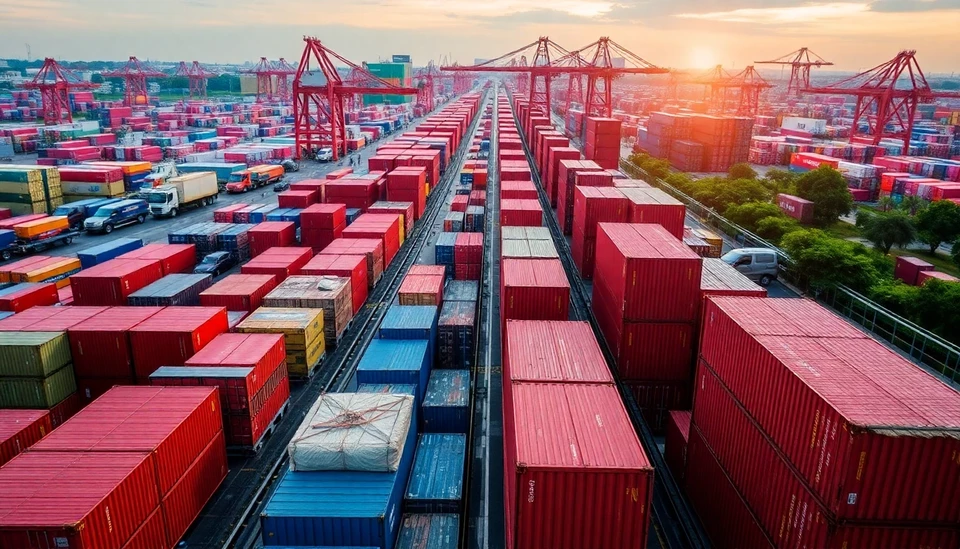
In recent weeks, the intricate dynamics of Southeast Asia's supply chain have taken center stage as various geopolitical and economic factors have reshaped the region's trade landscape. Companies operating in this area are bracing for significant changes due to escalating trade wars and shifting production strategies influenced by global market demands.
As tensions between major economies such as the United States and China continue to linger, Southeast Asia has emerged as a key player in the global supply chain, attracting businesses looking to diversify their manufacturing bases away from traditional hubs. This shift is not solely about escaping tariffs imposed by the U.S. on Chinese goods; it also reflects a tactical maneuver by firms aiming to optimize their operations in response to changing consumer preferences and resilience against future disruptions.
Countries like Vietnam, Thailand, and Indonesia are witnessing an influx of foreign direct investment as multinational corporations seek to build or expand their manufacturing facilities in these regions. For instance, Vietnam has become a favored destination for electronics manufacturers looking to capitalize on its competitive labor costs and favorable trade agreements. As a result, the country has recorded robust GDP growth rates and is aiming to solidify its position in the global market.
However, the rapid transformation does not come without challenges. Increased competition for skilled labor, infrastructure concerns, and the need for better logistics services are emerging as critical issues that could hinder the region's growth potential. Companies are increasingly prioritizing technological investment to enhance efficiency and maintain competitive edges, including the adoption of automation and digitized supply chain solutions.
Furthermore, policymakers in Southeast Asia are working diligently to foster a more integrated regional market that can withstand external shocks. Initiatives like the Regional Comprehensive Economic Partnership (RCEP) aim to streamline trade rules and reduce tariffs among member countries, thus fortifying the area against external pressures and consolidating its economic clout in international markets.
Analysts suggest that the trajectory of Southeast Asia's supply chain will largely depend on how well these nations adapt to the evolving global economic landscape. As trade wars continue and consumer demand fluctuates, businesses must remain flexible, with a keen focus on innovation and strategic partnerships to navigate this complex environment successfully.
In conclusion, Southeast Asia stands at a crossroads with the potential for monumental shifts in its supply chain dynamics. The proactive measures taken by both governments and businesses could determine not only the future of commerce in the region but also its standing as a pivotal player in the worldwide economy.
#SoutheastAsia #SupplyChain #TradeWars #GlobalEconomy #Vietnam #FDI #Innovation #RCEP
Author: Rachel Greene




